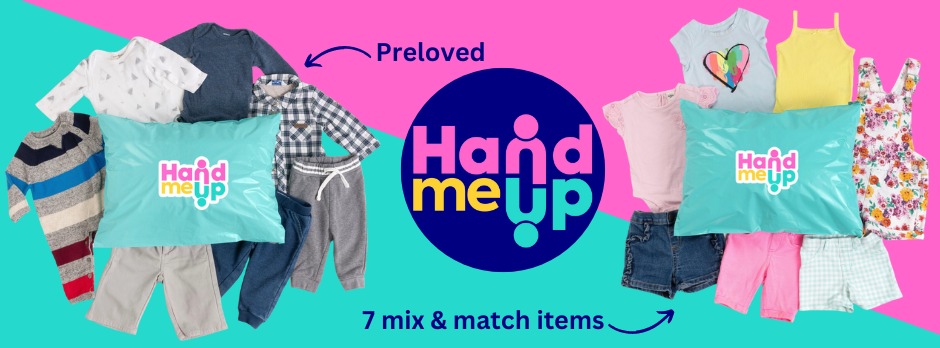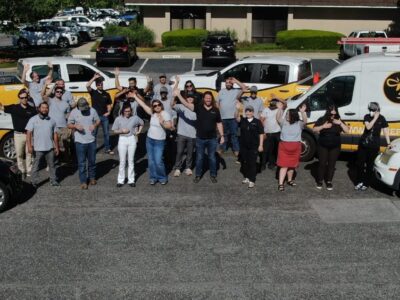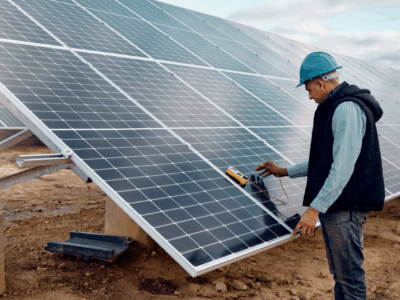Two Texas moms, Kara Livingston and Nicole Boynton of San Antonio, created a nifty thrift clothing business that cut back waste from children’s garments. Hand Me Up is an online retail operation that sells secondhand items for infants, toddlers, and children up to age 6. Livingston and Boynton have been lifelong friends, blogging and podcasting together since 2021.
The idea for Hand Me Up came when Boynton watched the 2015 documentary “The True Cost.” It focused heavily on fast fashion, the biggest culprit of environmental impacts from garment waste. There’s more access to fast fashion than ever living in a digital world. Parents find it easier to buy inexpensive, new clothes if they don’t have much time for storefront shopping.
“Millennial moms, they’re the Amazon mom,” Livingston explained to “The New York Times.” “The swipe-up-and-buy-type mom.”
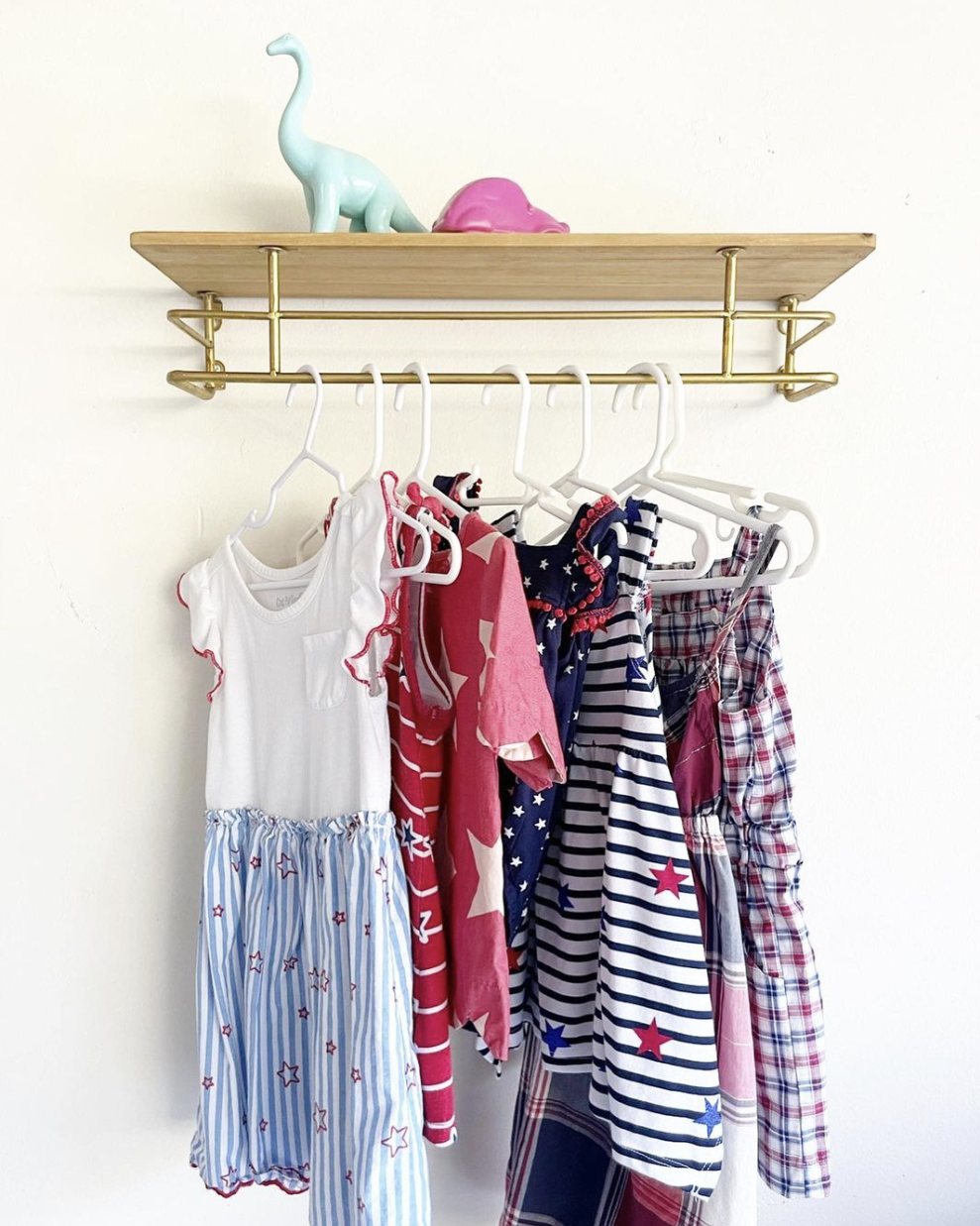
Photo Courtesy handmeup_shop
According to the U.S. Environmental Protection Agency (EPA), 13 million tons of clothing and footwear were generated in 2018. Only 13% of that was recycled or reused.
Even though many of these clothes are wearable for years, they end up in landfills or burned.
A 2022 National Institute of Standards and Technology study found that a circular supply chain was the best way to combat clothing waste. While there’s little data on the ratio of kids’ items entering waste streams, the same principles apply.
“You want to try and keep things circulating back through the economy in their original form as much as possible,” Dr. Amanda Forster, author of the study, said to “The New York Times.”
That’s where Hand Me Up thrives. The business receives donations, sorts them by size and age group, and then packs the clothing in a bag and ships it to customers. There is a style quiz to request items based on color or gender.
All orders are $40 plus shipping. Shoppers who donate items get discounts on future orders. Clothes that can’t be resold are sent to a recycler.
“Our dream for Hand Me Up is to be a part of circular fashion, leaving behind very little to no textile waste for the next generation,” Livingston told “The Washington Post.”
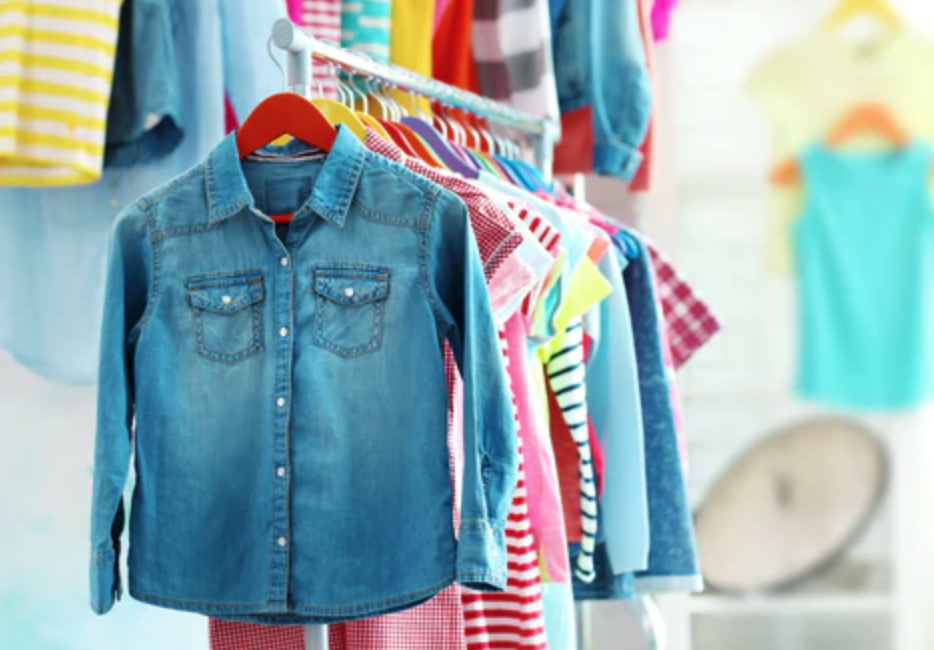
Photo Courtesy Hand Me Up
Children’s clothing is not designed to be worn for long periods. Because the little ones outgrow sizes within a year, it’s tossed out, adding to waste streams.
Major brands like Patagonia, North Face, and Carter’s have noticed this, starting recycling programs where parents can send outgrown garments to the companies.
The firms then recycle them into raw materials. Resale outlets like Depop and Poshmark carry kids’ clothing on consignment but don’t sell it in bulk like Hand Me Up.
If parents are worried about buying a fast fashion brand for their kids, a quick trip to the Good on You website can guide them to eco-friendly outlets. It rates fashion brands based on sustainability, helping parents save money on kids’ or their clothing if they’re so inclined.
The biggest obstacle to secondhand clothing is stigma. There’s some connotation that buying used garments isn’t “cool.” Changing the narrative about this is crucial to reducing the rate of clothes ending up in landfills.
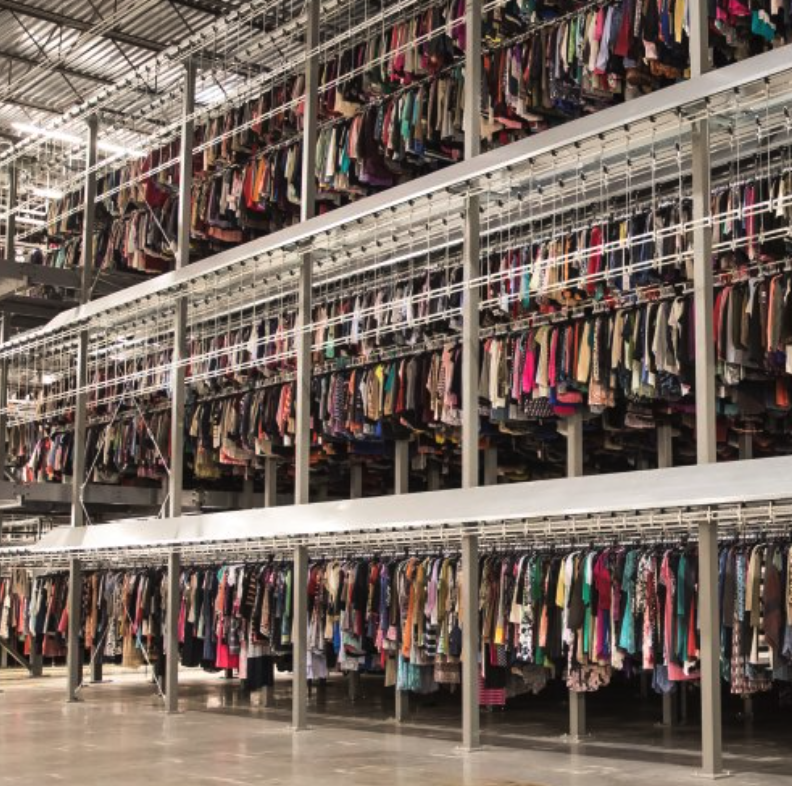
Photo Courtesy thredUp
One resale platform, thredUp, provides insightful data on the environmental benefits of shopping secondhand. Since its founding in 2009, it has sold 137 million clothing items. That’s more than 637 million pounds of carbon emissions saved. That’s huge, especially as the secondhand market is expected to nearly double by 2027 — it could be a $82 billion industry.
“We are still in the earliest days of inventing how resale can reduce the ongoing production excess in the apparel industry, and I don’t see a world where we’re going back to the way it used to be,” said James Reinhart, thredUp co-founder and CEO. Hand Me Up got in on the ground floor of the trend, providing a valuable service to families and the environment.

